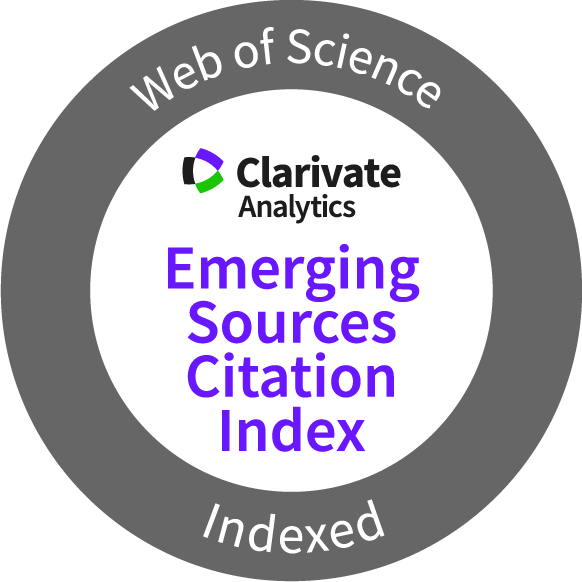Journal of Information Technology in Construction
ITcon Vol. 30, pg. 875-902, http://www.itcon.org/2025/36
Wearable Sensor-Based Fatigue Classification Under Diverse Thermal Conditions. Journal of Information Technology in Construction
| DOI: | 10.36680/j.itcon.2025.036 | |
| submitted: | January 2025 | |
| revised: | April 2025 | |
| published: | May 2025 | |
| editor(s): | Žiga Turk | |
| authors: | Muhammad Khan, Ph.D
Safety Innovation Integration Research (SIIR) Lab, Department of Construction Science, Texas A&M University, 574 Ross St, College Station, TX 77840, United States ORCID: https://orcid.org/0000-0002-0838-9087 mkhan13@tamu.edu Sharjeel Anjum, Ph.D Safety Innovation Integration Research (SIIR) Lab, Department of Construction Science, Texas A&M University, 574 Ross St, College Station, TX 77840, United States ORCID:https://orcid.org/0000-0003-0678-7994 muhammadanjum@tamu.edu Abdullahi Ibrahim, Ph.D Safety Innovation Integration Research (SIIR) Lab, Department of Construction Science, Texas A&M University, 574 Ross St, College Station, TX 77840, United States ORCID:https://orcid.org/0000-0003-2373-3269 aaibrahim@tamu.edu Chukwuma Nnaji, Ph.D Safety Innovation Integration Research (SIIR) Lab, Department of Construction Science, Texas A&M University, 574 Ross St, College Station, TX 77840, United States ORCID:https://orcid.org/0000-0002-3725-4376 cnnaji@tamu.edu Ashrant Aryal, Ph.D Human-centered Intelligent Built Environments (HIBE) Lab, Department of Construction Science, Texas A&M University, 574 Ross St, College Station, TX 77840, United States ORCID:https://orcid.org/0000-0003-4610-1539 aaryal@tamu.edu Amanda S. Koh, Ph.D Department of Chemical and Biological Engineering, The University of Alabama, 7th Avenue, Tuscaloosa, AL 35487, USA ORCID:https://orcid.org/0000-0003-3960-3872 askoh@eng.ua.edu | |
| summary: | Fatigue induced by physical exertion and environmental stress remains a critical safety concern in construction and other physically demanding industries. This paper investigates whether integrating wearable sensor data (EMG, HR, HRV) and thermal conditions (hot, room, cold) can improve real-time fatigue prediction. Physiological signals were collected using wearable sensors, processed through noise filtering and feature extraction, and classified using Random Forest Classifier and Extreme Gradient Boosting algorithms. The models demonstrated high predictive accuracy, achieving 80% for continuous fatigue levels and over 90% for categorical fatigue classes. These findings are particularly valuable for construction safety managers, occupational health researchers, and technology developers seeking proactive fatigue management solutions. Future research should focus on field validation of wearable systems and integration with site management platforms such as BIM for broader industry adoption. | |
| keywords: | Health and Safety, Physical exertion, Fatigue monitoring, Wearable Sensor, Machine learning | |
| full text: | (PDF file, 1.086 MB) | |
| citation: | Khan M, Anjum S, Ibrahim A, Nnaji C, Aryal A, Koh A S (2025). Wearable Sensor-Based Fatigue Classification Under Diverse Thermal Conditions. Journal of Information Technology in Construction, ITcon Vol. 30, pg. 875-902, https://doi.org/10.36680/j.itcon.2025.036 | |
| statistics: |





